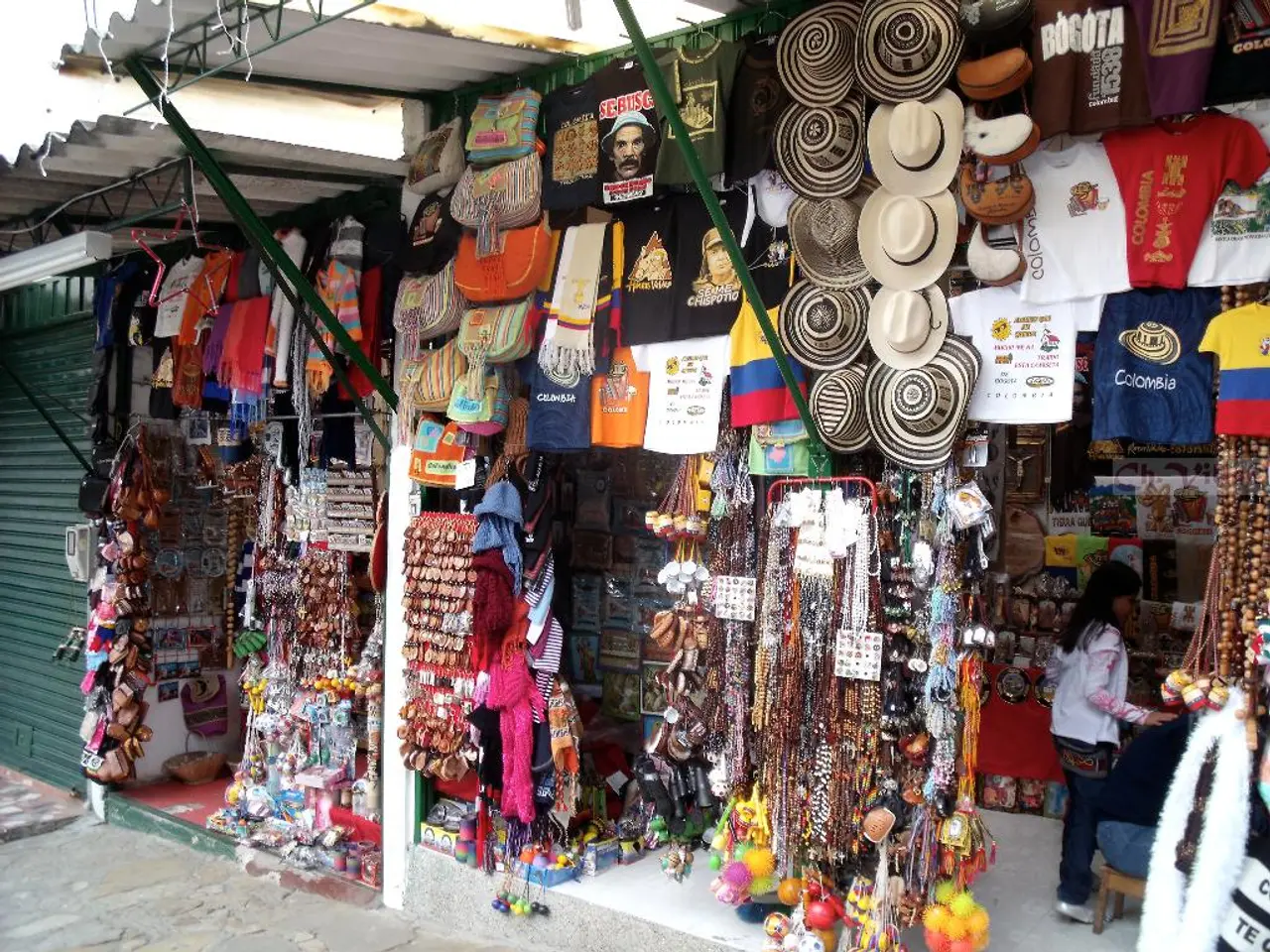Choosing Between Custom Orders and Pre-existing Inventory: Which Strategy Works Best for Your Business?
In the world of fashion, emerging designers face a crucial decision: should they create upfront inventory or manufacture items only when orders are in hand? To help navigate this question, it's essential to understand the advantages and disadvantages of the Made-to-Order (MTO) model and the Upfront Inventory model across different sales channels like online sales, brick-and-mortar sales, and wholesaling.
## Made-to-Order (MTO) Model
The MTO model offers several benefits, such as zero inventory risk, customization, and environmental sustainability. By producing products only after an order is placed, designers can eliminate inventory waste and the financial burden of unsold stock. This model also allows for more customization and flexibility in meeting customer demands, which can be particularly appealing in online sales where customers often look for unique products. Furthermore, reducing overproduction and waste aligns well with sustainable branding strategies.
However, the MTO model also presents challenges. Production after receiving an order can result in longer delivery times, which may not be ideal for brick-and-mortar sales where immediate product availability is crucial. Additionally, MTO can sometimes be more expensive per unit compared to mass production.
## Upfront Inventory Model
The Upfront Inventory model, on the other hand, offers benefits such as immediate product availability, economies of scale, and faster fulfillment. This model is suitable for brick-and-mortar stores where products need to be readily available for customers and for online sales to meet customer expectations for quick shipping. However, it requires forecasting demand and managing inventory levels, which can lead to overstocking and inventory waste if not managed properly. Additionally, it requires significant upfront investment in inventory and storage.
## Considerations by Sales Channel
### Online Sales
In online sales, offering customization and reducing inventory risk can be beneficial, especially for niche or unique products. However, it's crucial to manage customer expectations about lead times. On the other hand, having ready inventory is necessary for fast shipping and meeting high demand, but requires careful inventory management to avoid overstocking.
### Brick-and-Mortar Sales
For brick-and-mortar stores, immediate product availability is essential. While the MTO model can be less suitable due to longer lead times, offering customization as a unique selling point can be an attractive alternative.
### Wholesaling
In wholesaling, large orders typically require upfront inventory to be available for immediate delivery. However, the MTO model can be challenging for large-scale orders unless the wholesaler agrees to a longer lead time.
## Additional Considerations
When deciding between models, it's essential to consider demand forecasting, inventory management tools, sustainability goals, and customer expectations. Utilizing technology to track inventory levels and automate reordering processes can help manage upfront inventory effectively. Additionally, aligning your choice with customer expectations regarding delivery times and product availability is crucial.
By weighing these factors, you can select the most appropriate inventory strategy for your brand across different sales channels. For example, in wholesaling, exact budgetary information is known before manufacturing, making it clearer financially. In a brick-and-mortar trunk show scenario, designers split the income with the store or boutique.
In conclusion, the decision between made-to-order and upfront inventory depends on various factors, including sales channel, customer expectations, and brand values. By understanding these factors, emerging designers can make informed decisions that best suit their business needs.
- For personal-finance management, emerging designers need to consider the cost differences between the Made-to-Order (MTO) and Upfront Inventory models, as the MTO model might be more expensive per unit compared to mass production but can reduce the financial burden of unsold stock.
- In the realm of investing,acknowledging the advantages of the MTO model in reducing inventory waste and aligning with sustainable branding strategies can help designers attract investors who prioritize environmentally-friendly practices.
- Business growth can be fostered by adopting a comprehensive approach to understanding demand forecasting, inventory management, and sales channels; this way, designers can optimize their production methods and adjust their inventory strategies accordingly, whether it be the MTO or Upfront Inventory model.




